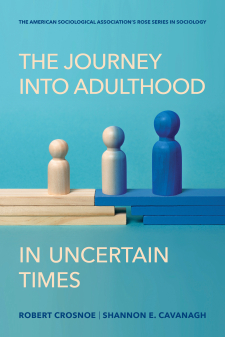Inequality in Parental Investments by Biological Vulnerability: Implications for the Socioeconomic Gap in Children’s School Readiness
Co-funded with the W.K. Kellogg Foundation
Both socioeconomic disadvantage and biological vulnerability contribute to the sizable socioeconomic status (SES) gaps in children’s school readiness. Significant income-related achievement gaps in cognitive and socio-emotional skills are evident in early childhood before the school years, and remain stable or even increase as children progress through school. This suggests that the initial SES-based gaps are associated with early home environments rather than formal educational inequalities. The evidence also shows that low-SES children are more likely to experience biological vulnerabilities such as low birth weight and chronic health conditions which undermine early and later academic achievement.
The interaction between early environmental and biological disadvantages, however, may be another source of early life inequality that could have long-term implications. Reflecting this potential interaction, a long-standing premise suggests that low-SES parents are more likely to invest more resources in their less vulnerable children, and high-SES parents are more likely to invest more in their more vulnerable children. If true, this pattern of differential investment by parents could be another mechanism by which disadvantage is transmitted from one generation to the next. If low-SES parents invest in a way that reinforces early-life disadvantages and high-SES parents invest in a way that compensates for them, this pattern could exacerbate the early life inequalities that give rise to SES gaps in school readiness.
Psychologists Rebecca Ryan and Anna Johnson of Georgetown University will carry out a study to investigate this potential interaction. They will assess the differential allocation of parental investments within families across biologically vulnerable versus non-vulnerable children, and the differential impact of biological vulnerability on children’s school readiness, across low- versus high-SES families. Although some prior work has examined this question, Ryan and Johnson argue that this research has largely focused on birth weight as an indicator of biological disadvantage, and has compared vulnerable and non-vulnerable children across families. They also note that the differential pattern of investment could vary by type of parental investment and type of child vulnerability. Their study will address these prior limitations.





